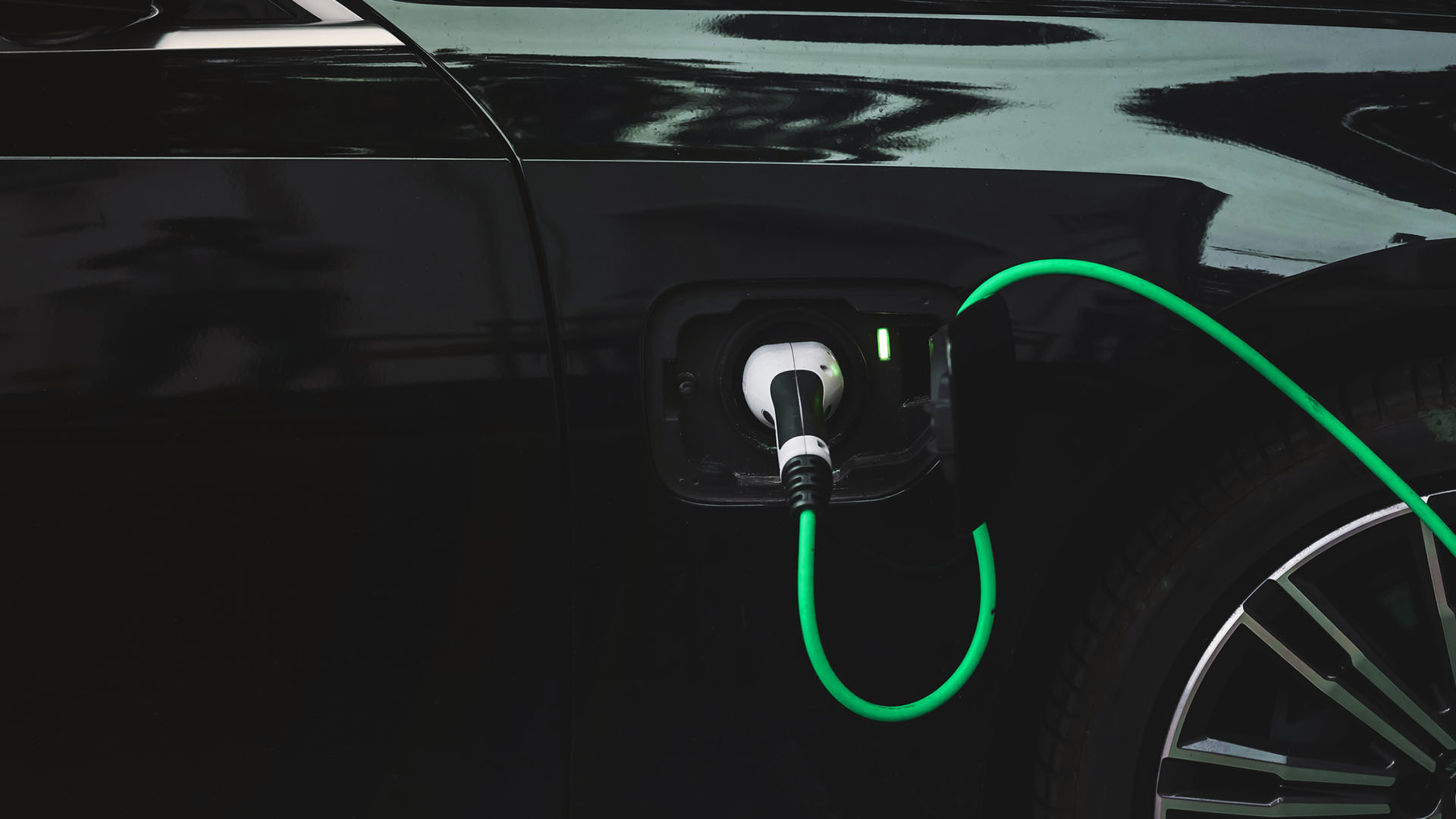Electric vehicles (EVs) don’t emit greenhouse gases by burning hydrocarbon fuels the way that cars with internal-combustion engines (ICE) do – and the latest EVs deliver impressive driving performances. As countries around the world slowly abandon fossil fuels for more environmentally friendly alternatives, EVs are likely to replace ICE vehicles completely. Global auto manufacturers have committed to phasing out ICE technology, and Volvo has already announced that it will produce only EVs by 2030.
Since all cars in South Africa are either manufactured in local plants by international motor companies or imported, at some point South African drivers will have to switch to EVs too. But can we prepare for such a radical change over the next 10 years – or even the next 20?
If we want to turn EV adoption into a South African success story, we must address the issues that are currently discouraging car buyers from exploring EVs. The following 6 factors are probably the most urgent:
1. High prices
There isn’t an EV on the South African market that you could honestly call ‘entry level’. SA’s most affordable EV, GWM’s Haval Ora 03, costs almost R700,000. Compare that to entry-level ICE cars, priced at less than R200,000. South Africans can also buy EVs made by Mini Cooper, Volvo, BMW, Mercedes-Benz, Audi, Jaguar and Porsche, with 40 models to choose from, but prices range from R743,000 to R4.5 million.
Partly, the higher prices are the result of EV technology being more expensive in its country of manufacture to begin with. For example, the cheapest new ICE cars in the United States cost around $18,000, while the cheapest EV sells for around $30,000 – an increase of 67%. However, South Africans also pay more import tax on EVs – for instance, ICE vehicles imported from the European Union are taxed at 18%, but on EVs, the tax is 25%.
South Africa’s major challenge in this area is to make EVs affordable to entry-level car buyers. A change in the import tax rate would be a step in the right direction, but the ultimate solution may be to invest in a local manufacturing industry to produce affordable EVs for South African buyers.
2. Unreliable power supply
You can recharge an EV directly by plugging it in your home power supply, but it will take a long time to fully charge the batteries. That’s why most EV buyers also install a wall-mounted power box at home. Like the charge points now available at certain dealerships, service stations and shopping malls, these power boxes charge EVs faster by drawing more power from the national grid than an ordinary plug socket would.
However, Eskom load-shedding and frequent unscheduled electricity outages make grid power unreliable. If you want to charge your EV with solar power during blackouts, your solar energy system will cost more to install, as you will have to add more batteries to provide enough power to your wall-mounted power box for it to charge your car’s battery at optimum speed. The alternative is slow charging and long charging times.
3. Not enough public charging stations
No matter what EV you drive, you can use the public charging stations managed by GridCars and pay with a GridCars charge card. However, so far only car manufacturers and the private sector have contributed to the network of charging stations popping up around the country. Neither Eskom nor government are prioritising the roll-out of this network. That focus needs to change, if we are going to be able to provide enough charging stations to enable EV drivers to explore every corner of South Africa, secure in the knowledge that they can recharge at their destination to drive home.
Auto manufacturers, dealers and the motoring media need to continue informing the car-buying public
To date, there are more than 350 charge points around the country, most of them in our largest cities. Jaguar Land Rover has also collaborated with GridCars to create the Jaguar Land Rover Powerway, a network of charging stations connecting major cities along the N1, N2 and N3. Some manufacturers, including BMW, supply a complimentary wall-mounted power box for your home charging station with your EV purchase.
Currently, different chargers can deliver between 60 and 200 kW. You can fully recharge most EVs using a 200 kW charge station in 30 to 45 minutes. If you use a charge station with a lower wattage, it could take 70 minutes or longer. In contrast, refuelling a car’s petrol or diesel tank takes only a few minutes. If we want most South African drivers to switch to EVs, the time that they take to recharge is another reason we need major investment in more high-powered charging stations with multiple charge points.
4. Range anxiety
If you’re driving an ICE car and you run out of petrol or diesel, you can call someone to bring you a can of fuel, then drive to the nearest service station. If you’re driving an EV and your battery dies, however, you’re stuck until you can load your car onto a flatbed truck and transport it to the nearest charge point. A flat battery’s a much bigger problem than an empty fuel tank, and anxiety about an EV’s maximum range makes many potential buyers hesitant.
You can expect an average range of around 400 km with most EVs, depending on your driving habits, but range will also decrease slightly over time, as the battery performance degrades. If you’re planning long-distance trips in an EV, you need to plan a route that takes you past a charging station every 400 km or less, to avoid the risk of being stranded.
A comprehensive network of public charging stations will help reduce range anxiety, and so will a longer EV range, made possible by improving engine and battery tech. In the meantime, it looks like an EV will remain a luxury for getting around in the city, not the inspiration for legendary road trips. It’s also likely that Evs will remain popular in the light delivery vehicle sector. Companies like Woolworths find Evs cost-effective as local home-delivery vehicles because the relatively short distances involved give no cause for range anxiety.
5. Higher repair and service costs
There’s no denying that EVs cost less to run than ICE vehicles. It costs around R200 in electricity at average municipal rates to fully recharge an EV with a range of 400 km – a running cost of 50 cents per kilometre. A full tank of petrol or diesel for an ICE vehicle will cost R1,000 or more, and give you a range of 500–700 km, which works out at between R2 and R1.43 per kilometre.
Evs also have fewer engine parts that need regular servicing or replacement, which is another saving. However, like the cars themselves, EV parts and spares are specifically designed and manufactured for this emerging technology, and as a result are generally more expensive than ICE parts. The mechanics and technicians who work on Evs also need specialised training.
Together, those 2 factors mean that when you take your EV in for a service or it needs repairs after an accident, you can expect to pay more than you would for the equivalent work on an ICE car. Because repair and replacement costs are higher, you might also pay more for EV insurance.
6. Fear of the unknown
EV technology is relatively new to SA, and not many people fully understand how it works, or how it will change the way they drive. With so much new information to process – and a fair amount of misinformation to debunk – it’s natural for buyers to be hesitant.
If we are going to set South African drivers on the path to a green transition, auto manufacturers, dealers and the motoring media need to continue informing the car-buying public about the latest updates in EV prices, maximum ranges and charge-station infrastructure.
Test-driving 3 EVs
We set writer Phakama Mbonambi the task of test-driving 3 EV models. He liked them all for different reasons.
1. BMW i4 Gran Coupé (R1.245 million)
Right from the start I was smitten by its looks when I picked it up from BMW Midrand. It looked shiny and grand, and ready to hit the road for a 3-day test drive. It felt strange when I started the i4, as it does not produce the revs you’re used to. At one point I could not tell if the vehicle was running.
The car has 3 driving settings:
- Comfort (the everyday balanced driving setting),
- Eco Pro (the most efficient setting that conserves the battery and increases range), and
- Sport (the most aggressive mode that offers maximum performance).
This Beemer handles exceptionally well on both straights and corners. A light tap on the accelerator sets it off. With its bold coupé design, the car is a looker – I’ve never received so many admiring glances while driving before.
Visit BMW online for more information about their EVs.
Consider safe, hassle-free vehicle financing from MFC, a division of Nedbank
2. Volvo C40 Recharge Twin (R1.285 million)
The Volvo C40 Recharge is a niche SUV with 4-door coupé styling. When the Recharge was delivered to my house, it looked futuristic – like the flying cars in sci-fi movies. But I knew I was in for a treat when I discovered the innovative features. For example, the moment you sit in the driver’s seat, the engine starts on its own. As with most modern vehicles, there’s no ignition – the key simply needs to be nearby, preferably in your pocket, to start the engine or open or close the doors. Nifty!
The C40 holds its own on the road for power and responsiveness. Powered by a large 78 kWh lithium-ion battery pack, it produces 300 kW of power and 660 Nm of torque, so acceleration is quick, as I discovered on various Joburg roads. While not overly nimble, the ride quality was still impressive, and this compact SUV is in a class of its own.
Visit Volvo online for more information.
3. BYD Atto 3 (R847,240)
The Build Your Dreams (BYD) Atto 3, made in China, is a compact SUV powered by a single front-wheel-drive electric motor with a peak output of 150 kW and 310 Nm of torque. The car comes in a standard and an extended range. I drove the extended version around Woodmead, and I was highly impressed with the acceleration and general handling.
The interior doesn’t disappoint. Both front seats are sporty-looking, with a nice blend of support and long-haul comfort, and the adjustable steering wheel is leather-wrapped. The door pockets, which comfortably hold your drinks, resemble guitar strings, giving a quirky touch to the interior. A climate control pod lets you adjust the temperature, and there are also 2 USB ports (one A and one C) and a wireless charger in the dashboard.
BYD’s new blade battery is the first of its kind. They’re lithium-ion phosphate cells that are more affordable than nickel-cobalt batteries, and their blades can get rid of heat much more quickly. Since too much heat is a major cause of shorter battery life, the batteries last longer. The Atto 3 is a great EV for the price.
Visit BYD online to find out more.
MFC can finance your next car
If you’re looking to buy an EV or any other kind of car, consider safe, hassle-free vehicle financing from MFC, a division of Nedbank.
For new and used cars, you can find exactly what you’re looking for on Avo Auto.








